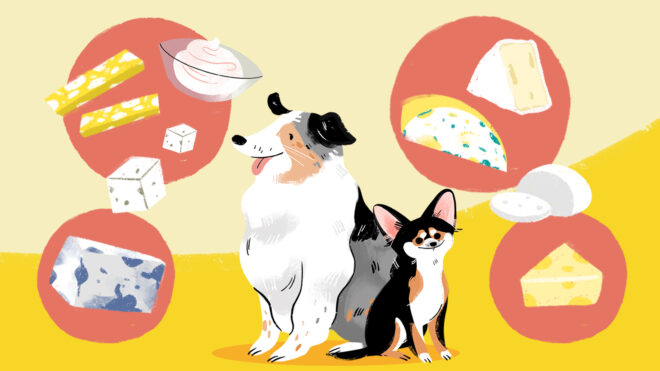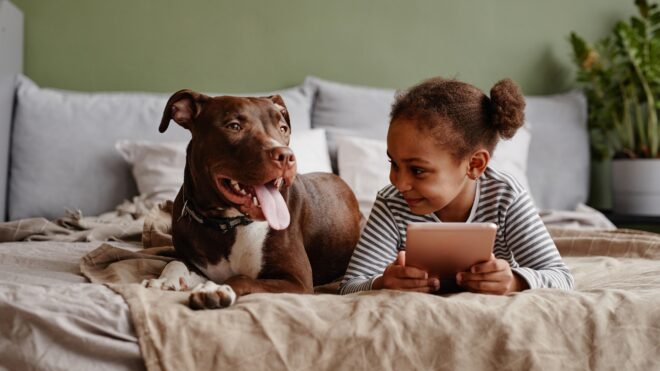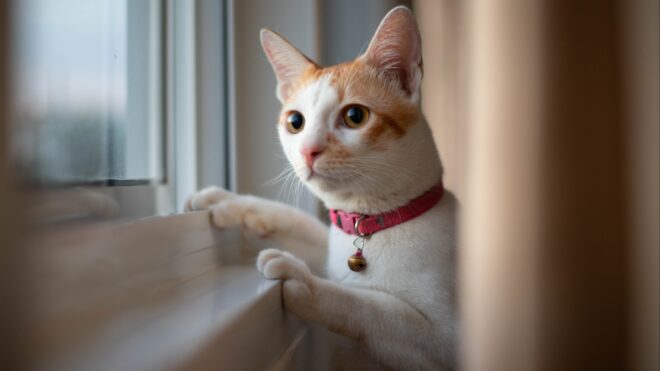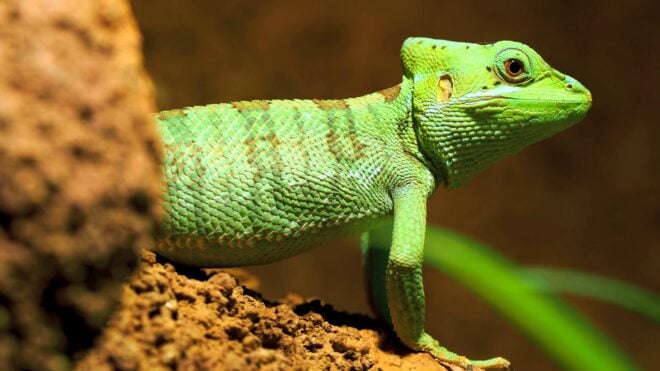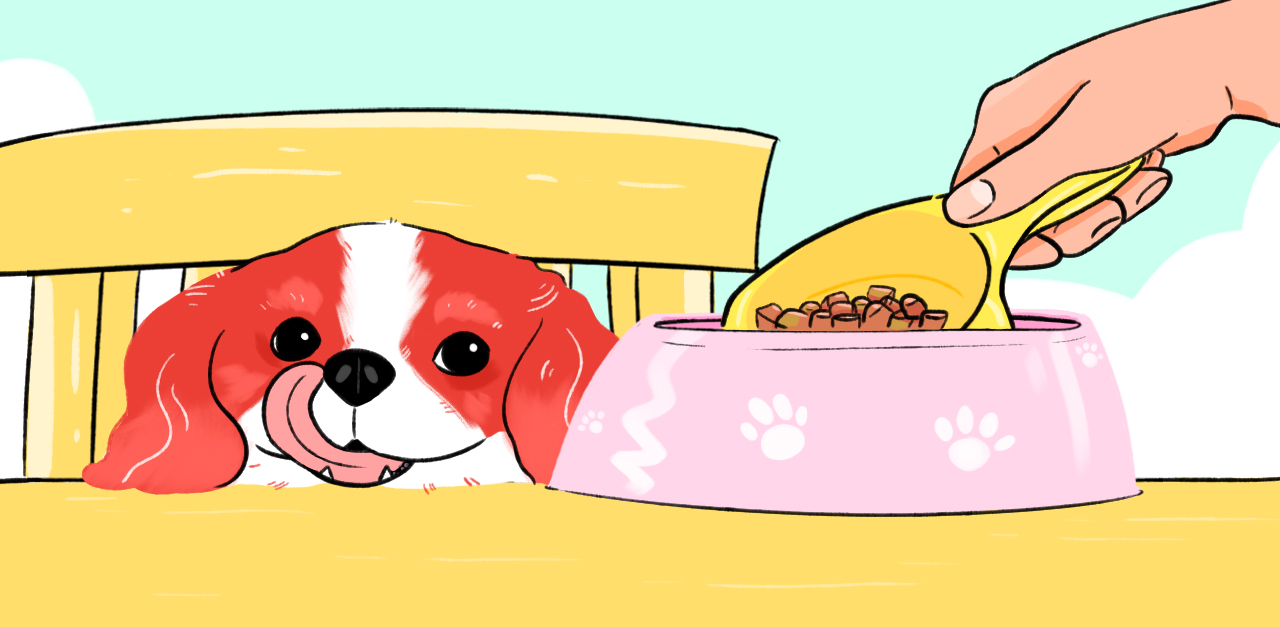
When you bring a puppy into your home, it’s a big responsibility, which means that you need to know some key facts about things like puppy food and feeding your new dog. Providing puppies with a proper diet for their nutritional needs gives them the best start in life when it comes to their development, which will help them stay healthier throughout the years.
Along with knowing how, when, and what to feed your puppy, as well as what NOT to feed her, you should also be aware of the changes you should make to your dog’s diet as she ages and the differences between feeding a small breed compared to a large one.
And while it’s hard to imagine your beloved pet in any kind of danger, you should also know what to do if your pup starts to choke. Being able to jump into action quickly could save your dog’s life!
But don’t worry: Read the information below, and you’ll be on your way to providing your puppy with everything she needs food-wise to make her healthy, happy, and eager for dinner time.
Good Foods for Your Puppy To Eat
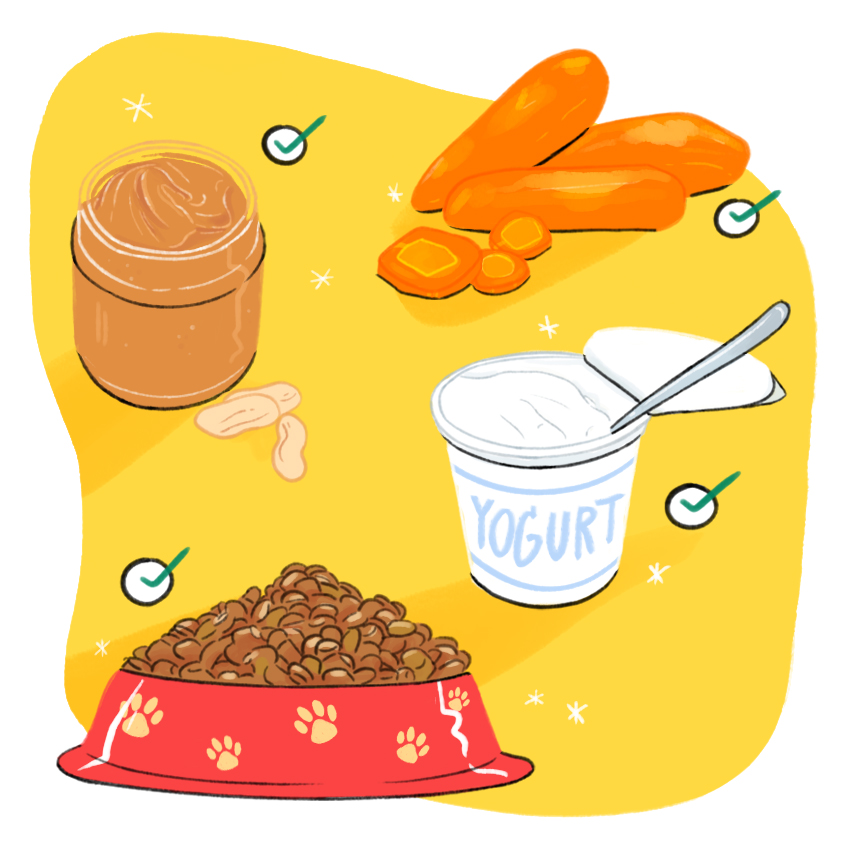
When you head to the pet store, you'll usually see a section in the food aisle that offers all kinds of puppy food. Read the package labels to determine which type of dog the food is meant for, based on factors such as breed, size, and age. If you’re overwhelmed by all of the choices, your vet can give you a few suggestions for the kind of food that will best suit your particular puppy. But pay attention to the ingredients of any options you're considering to make the right choice for your puppy’s age (more on that below).
In addition to food, provide your puppy with plenty of fresh, clean water, especially during the warmer summer months. And you don’t want your dog to be drinking bacteria-ridden water, so be sure to wash out her bowl every day.
There are also some healthy items that we consider “people” food that you can share with your pet. For instance, small baby carrots and apple chunks are all great treats for your dog. But just like anything else, start with a little bit at a time, and if your pup has a negative reaction to anything, keep it out of her diet permanently.
Foods Your Puppy Should Never Eat
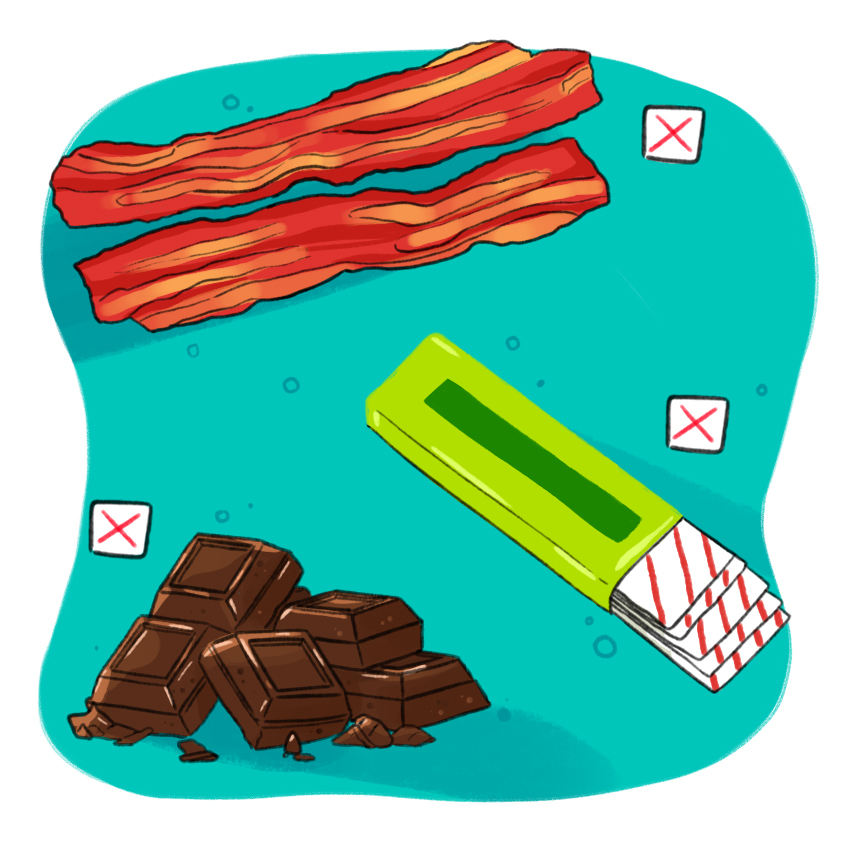
Certain foods that you might find delicious are considered unhealthy for your dog, and they might even be poisonous for your pet. Be sure to keep your puppy — as well as full-grown dogs — away from these foods:
- Garlic
- Onion
- Bacon (or any fatty meat)
- Raw meat
- Raw fish
- Eggs
- Sugary foods such as chocolate
- Gum
- Grapes
- Raisins
- Avocados
- Salty foods
Also, when choosing your puppy’s food, try to stay away from options that include corn or meat byproducts as one of the top ingredients. Instead, look for puppy food that lists meat first, because that should be the bulk of what your young dog eats.
Hard Food, Wet Food, or Both
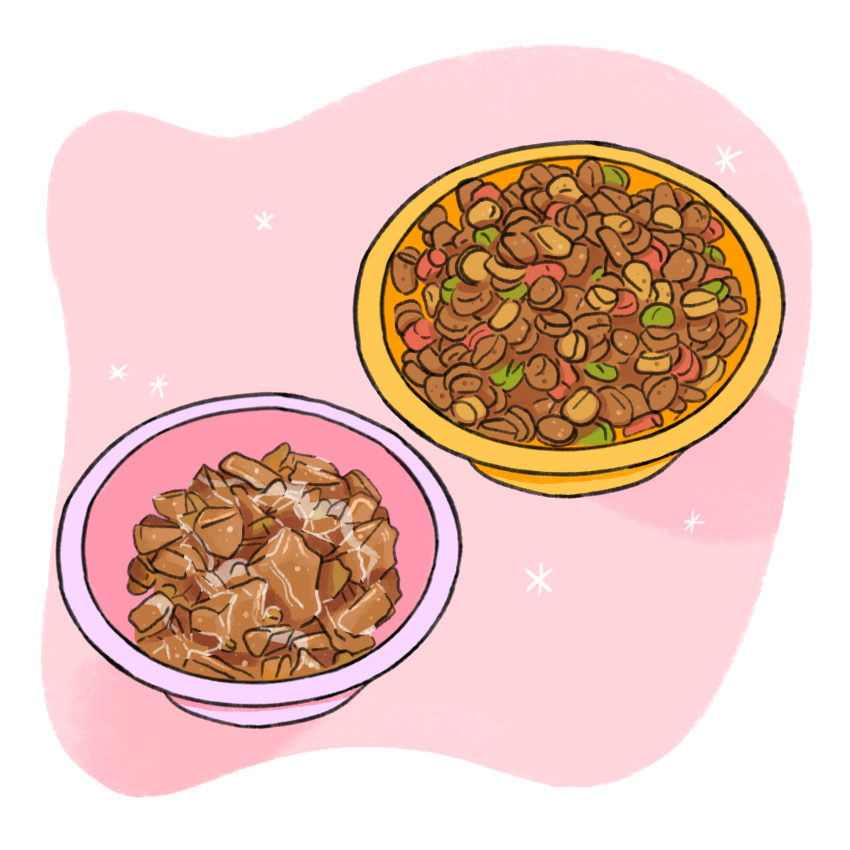
There are plenty of different dog food options on the market. So which is better for your growing puppy: wet food, dry food, or both? Before making a decision, become a nutrition label expert and make sure the food you choose, whatever the texture, is the healthiest for your pup.
Wet food, although a little more costly, can contain ingredients that puppies really need and might be easier on young dogs' stomachs. Dry kibble offers a balanced diet at an affordable price, and it helps to scrape the plaque and gunk off dogs' teeth as they nibble.
Extra tip: If you are transitioning from soft puppy food to harder adult food, it might help to soften the kibble with a little water to help ease into the new meals.
How To Feed Your Puppy
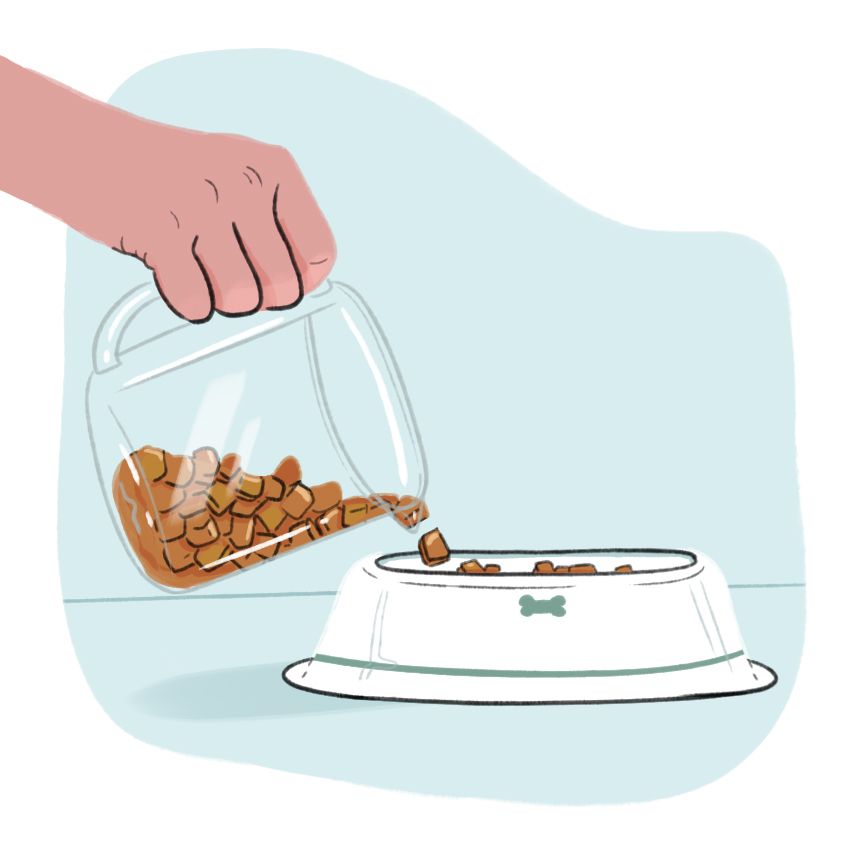
If your puppy is around 8 weeks old, then she might be ready to wean off her mother’s milk, which means that it’s time for you to take over chef duties.
First, start by choosing the right bowls for your pup. Stainless steel bowls are easy to clean, durable, and dishwasher safe. Ceramic bowls can also be easy to clean, but they are more breakable and heavier. As long as you are regularly cleaning and disinfecting your puppy’s bowls and eating area, then you pretty much have free rein to get them whatever cute bowls you desire.
As for food, dry puppy food should be stored in a cool, dry place. It's safe to keep in the original packaging after opening. As long as the bag is sealed properly, it will remain fresh and free from moisture. Wet dog food also needs to be stored in a cool, dry place. Once a can has been opened, it can be kept sealed in the fridge for up to five days. You can also keep either type of food in an airtight plastic container, which helps prevent unwanted moisture from breeding bacteria.
Your puppy should also always have fresh water in her bowl. This helps to hydrate and cool your pup and keep her from overheating.
How Much Food To Give to a Puppy
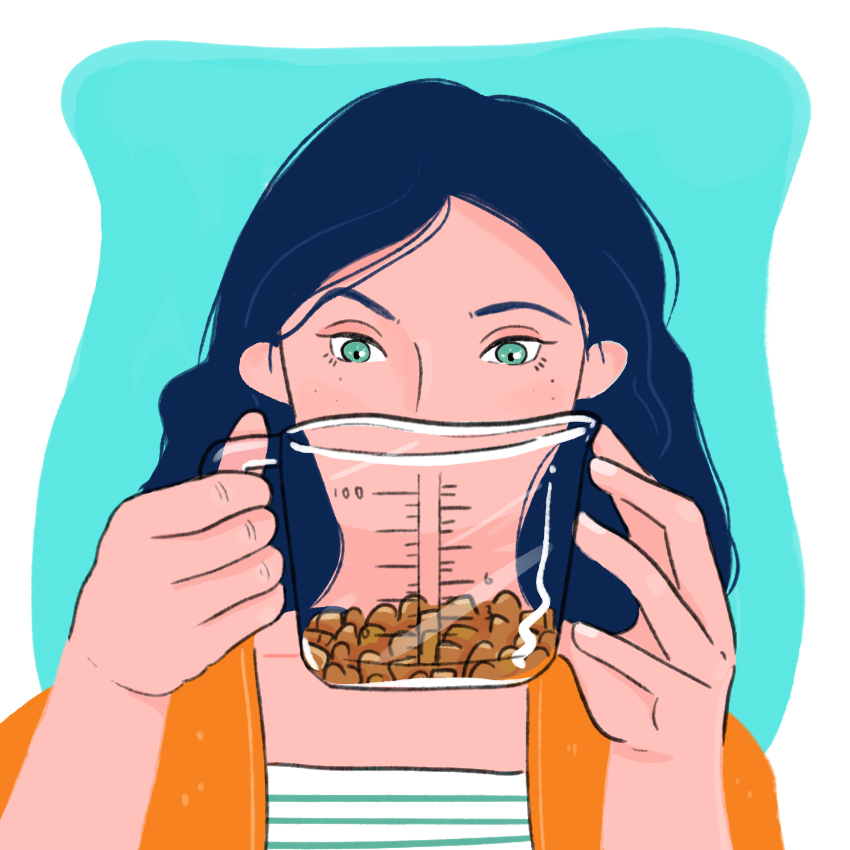
While puppies need plenty of protein and nutrients because their bodies are rapidly developing, exactly how much food to feed to them will vary based on breed, size, metabolism, and how active they are. For instance, very active smaller dog breeds like Chihuahuas and Yorkies burn calories quickly, so they might need more food in relation to their body weight than some larger breeds who are on the lazy side.
The amount of food to give your puppy differs so much that it helps to simply take notice of how your puppy eats. If she is continually leaving some food behind in her bowl, then maybe you’re feeding your pup a little too much. On the other hand, if your pup is looking thin and is licking her bowl clean, then it might be time to add a little more to her meals.
Using a measuring cup to dole out your puppy’s food can help you keep track of the exact amount you give her each time. That way, you can be sure that you’re maintaining her daily nutritional needs.
Feeding a Puppy 0 to 3 Months
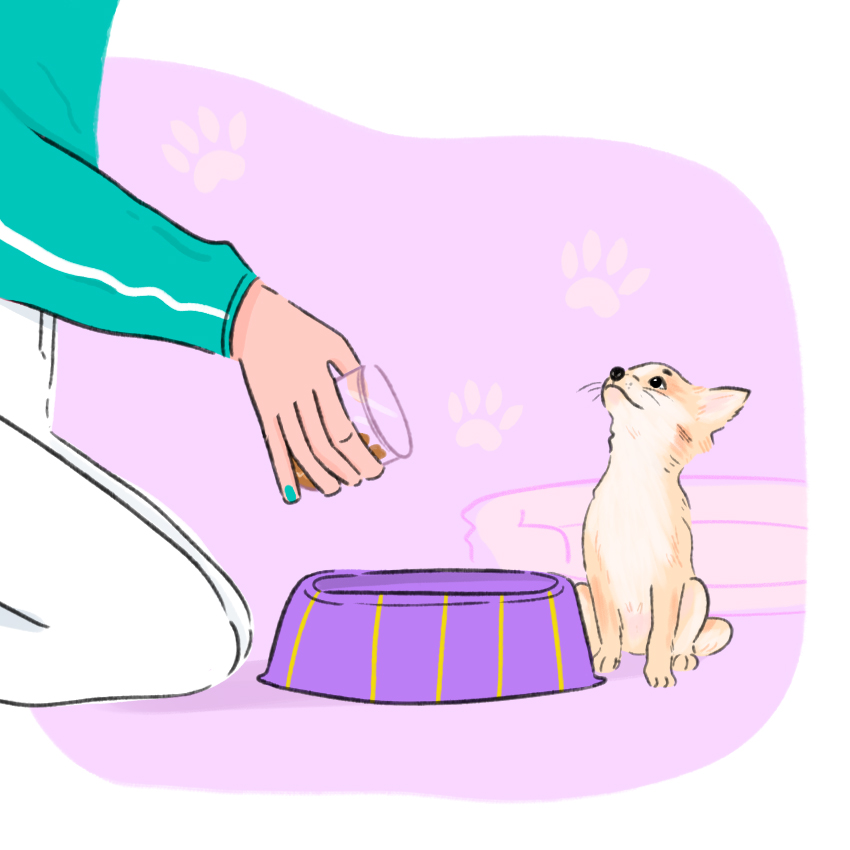
In the first few weeks of puppies' lives, it’s important for them to nurse naturally. The nutritious milk from their mother contains proteins and antibodies that help them grow healthy and strong.
At around 3 to 4 weeks old, puppies start to develop their sharp little milk teeth, which can be hurtful for their mother. This is a great time to slowly wean them off their mother's milk and start to introduce a milk replacer or more solid food.
With the many different breeds of dogs and their different nutritional needs, choosing the right food can seem a little daunting, which is why it's helpful to ask your veterinarian for recommendations. You can also start to introduce small amounts of puppy food to your feeding routine to see how your pup reacts to it. Use small bits of the new food to slowly introduce the kibble or soft food to your puppy's digestive system. Once your puppy is eating solid food, aim to feed her four times a day.
The weaning process should not be rushed, as it might cause some upset tummies or negative reactions toward the new food.
Transitioning From Puppy Food to Adult Food
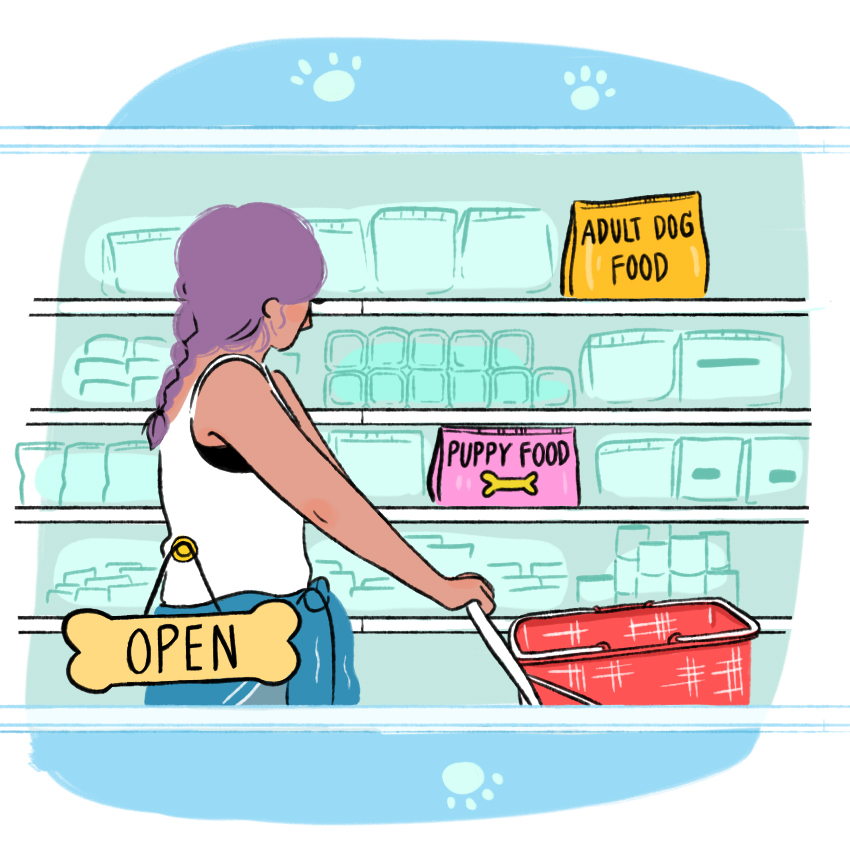
Puppy food is packed full of calcium, protein, and other nutrients that are incredibly important for a developing dog. The right age to switch to adult food can differ depending on the size, breed, and activity level of your pup, but Pedigree suggests the following:
- 9 to 12 months for toy, small, and medium breeds like Chihuahuas and springer spaniels
- 12 to 15 months for large breeds like Labradors and retrievers
- 18 to 24 months for giant breeds like Great Danes and Newfoundlands
Chances are you’ll notice when your puppy no longer looks or eats like a pup — that’s when it might be the right time to transition to adult food. But use your best judgment, and don’t rush the transition.
Feeding a Puppy 3 to 6 Months
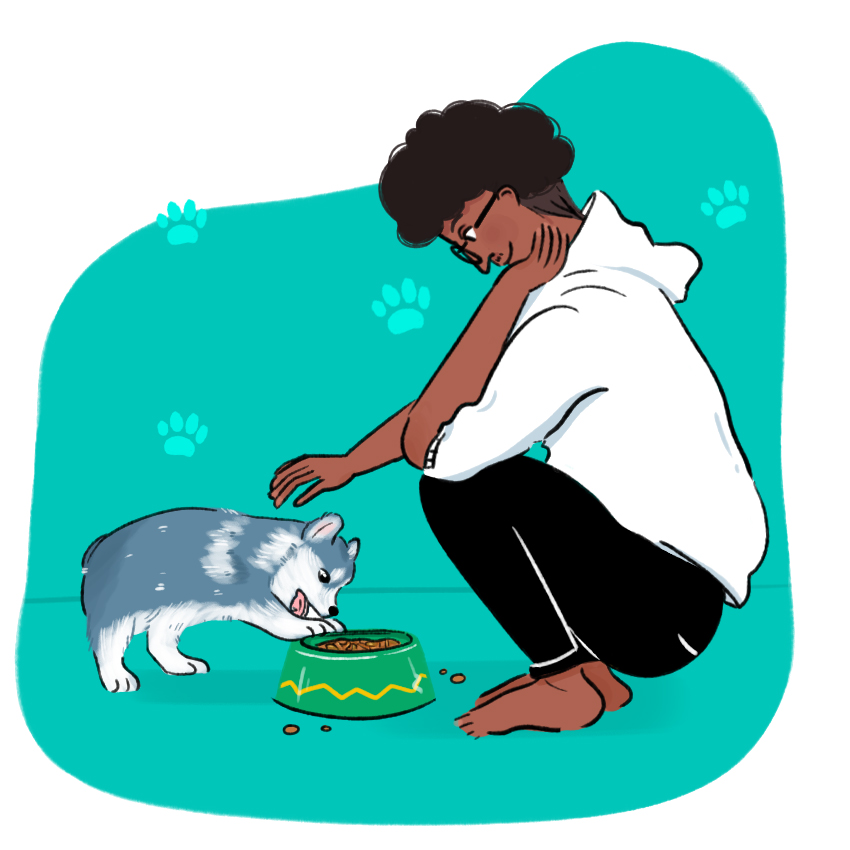
Around the 3- to 6-month age range, your puppy might start losing the round tummy and become leaner. If it looks like she is still in the puppy stage, then it’s OK to continue with about four feedings per day. If your dog is maturing and looking bigger, than you can switch her meal times to three times a day.
At this stage, your dog should still be eating proper nutrient-rich puppy food, as she is still growing.
Feeding a Puppy 6 to 12 Months
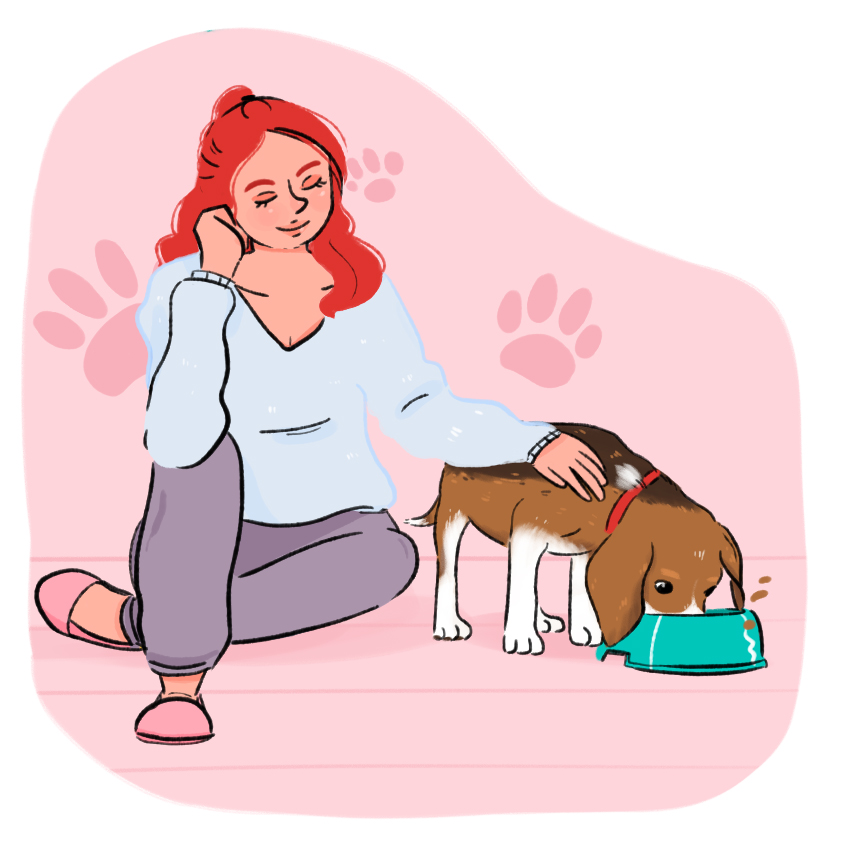
When your puppy is 6 to 9 months old, you can switch her feedings to twice a day.
After 6 months of age, you can spay or neuter your puppy, a procedure that could affect how much she should be eating. Generally, dogs need fewer calories after being spayed or neutered, and as long as they’re eating properly and exercising regularly, then the transition from pup to a fixed adult will be healthy and happy.
Feeding a Puppy 12 Months to Adulthood
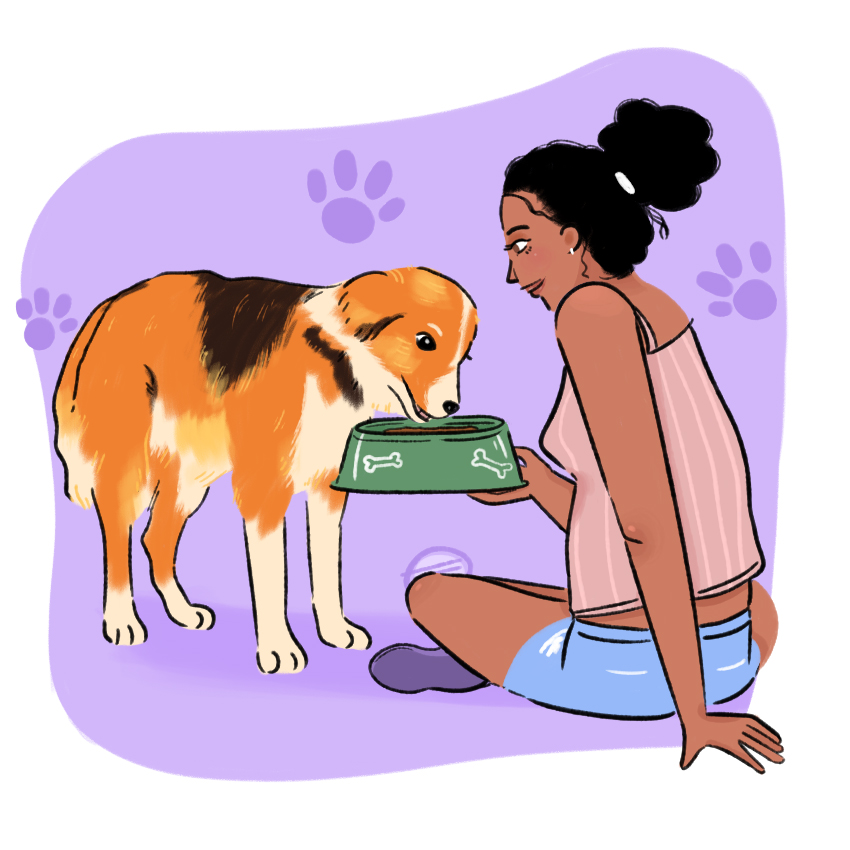
Now that your dog is around 12 to 18 months of age, she is maturing out of adolescence and growing into adulthood. If you haven’t already, this is the time to fully switch your dog from puppy food to adult food. Balanced adult dog food contains proteins to help your dog with muscular growth, fats for energy and to keep a healthy coat, and minerals and vitamins for maintaining good health.
At this time, your dog needs to be fed twice a day, usually once in the morning and once in the evening.
Feeding Large-Breed Puppies Vs. Small-Breed Puppies
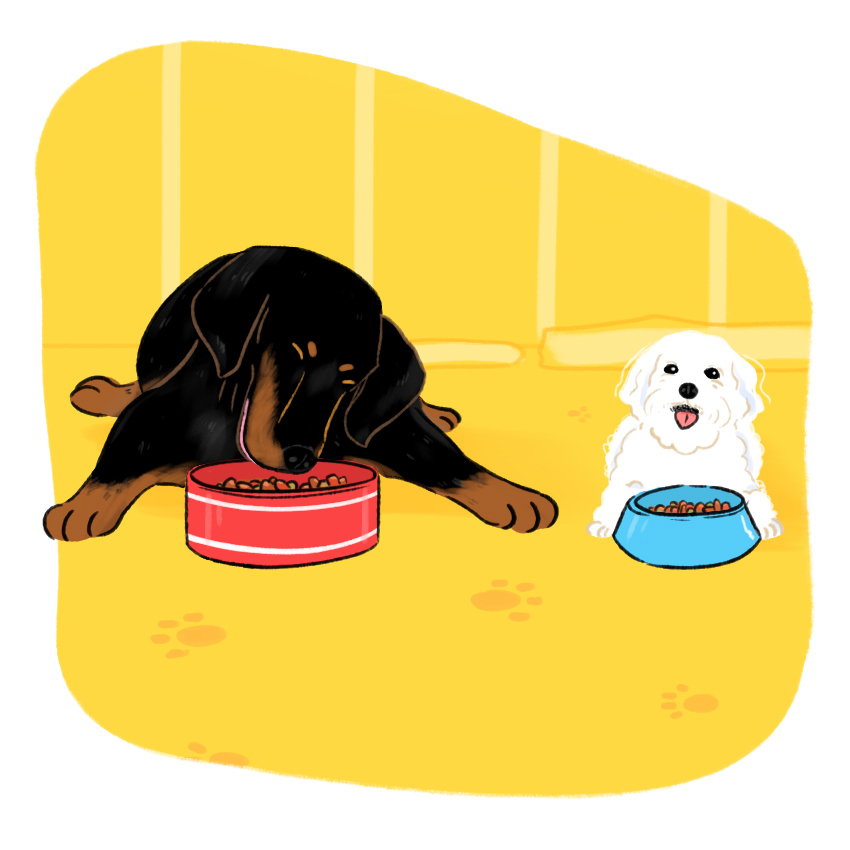
Despite what some people think, dogs are not carnivores. They need to get vitamins and nutrients from grains and vegetables as well as meat, which can be found in most dog food, and the breed of your dog will determine in part how much she should be eating.
Smaller, more active dog breeds tend to need a higher amount of energy because they burn more calories. Large dog breeds need fewer calories for their body weight and more calcium-rich foods to help maintain bone health.
Before choosing a diet for your pup, make sure to ask your veterinarian for recommendations based on size, breed, and age to make sure you’re feeding your furry friend what’s best for her.
Follow a Routine and Schedule

Puppies thrive on routine, and following a schedule for meal times can help with their digestion and energy levels. Feeding your puppy three to four smaller meals throughout the day — morning, midday, midafternoon, and evening — helps them to slowly digest and keep their energy level up throughout the day. As they grow to adolescence and then to adulthood, you can switch to two feedings a day to fit with their changing metabolism.
Try to feed them at the same time each day, and feed them the same amount at each meal.
Track Your Puppy’s Weight and Progress
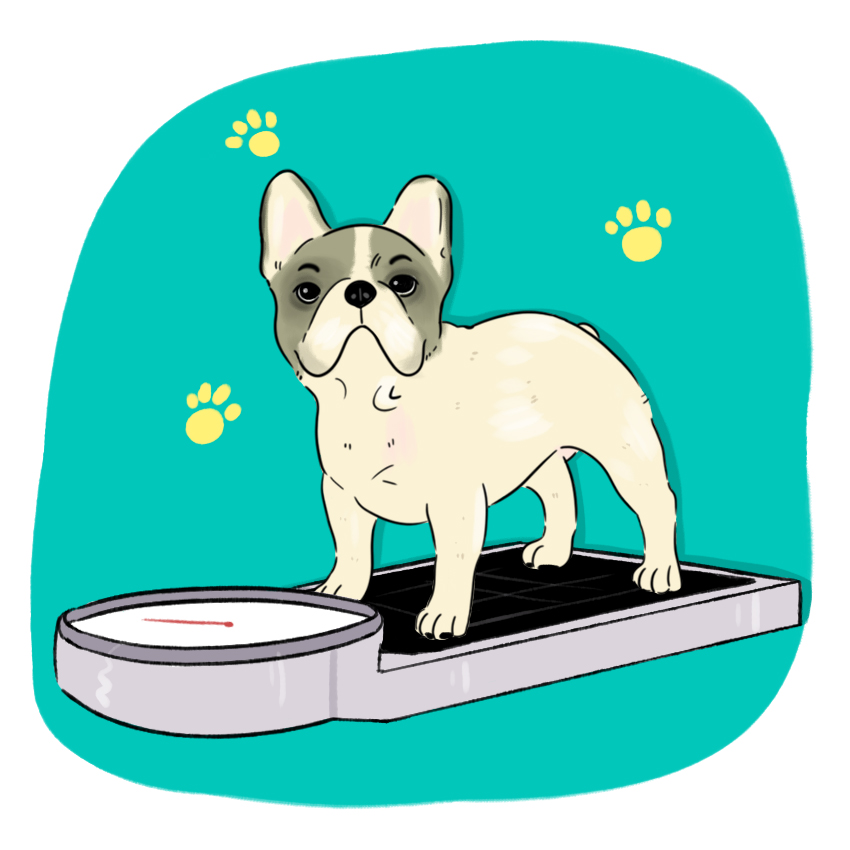
Keeping track of your puppy’s weight and development can help you to determine which foods are helping or hindering her growth and can help you pinpoint any foods that might be causing an upset stomach or other unfortunate reactions.
There are puppy progress charts available online that you can use to track which foods or exercise routines are working. Keeping an accurate and updated progress chart of how your puppy is growing and how much she is eating can also help to give your vet a great overview of how your pup is doing.
What To Do if Your Puppy Is Choking
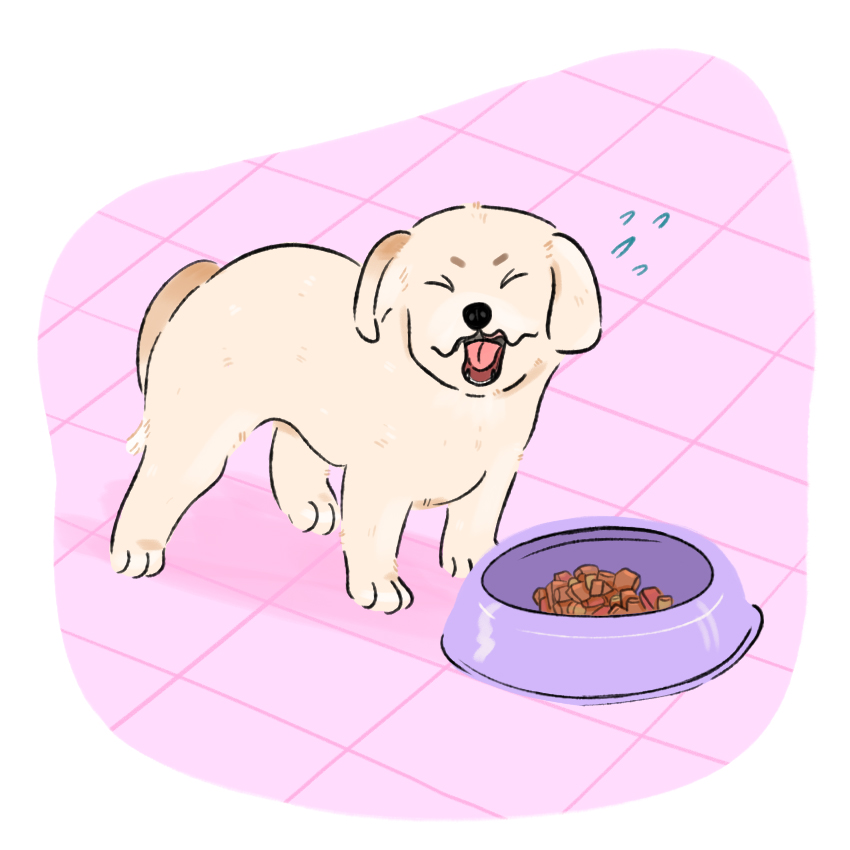
Puppies are very curious and like to discover new and wonderful things by sniffing, licking, and chomping on pretty much everything around them. Unfortunately, this means that puppies can end up choking on small balls, chew toys, bones, and food, so it’s important to look out for any signs of trouble.
If your dog is gasping, in distress, and/or she's pawing at her face and neck, then she might be choking. To tell the difference between coughing and choking, listen to whether or not your dog is inhaling, and if there is no intake of breath, then there could be something blocking her airway.
Although it's rare for a dog to choke, if you’re positive that there is an emergency, then there are steps you can take that might save your pooch. First, make sure to stay calm so you don’t cause your dog to panic. If you have to perform the Heimlich maneuver, carefully lay your pup on her side, and place one hand on top of her rib cage and one hand below it. Compress down and up toward the dog's shoulders. Hopefully, this action will cause the object to be dislodged from your pup’s throat.
You can also perform a finger sweep if you feel confident you can get to the obstruction. Place one hand on top of your pup's mouth and push her lips down so that they cover her teeth. Use your other hand to hold the bottom of her mouth and carefully use your index finger to sweep side to side to see if something is there. You don’t want your pup to clamp down on your finger, so it’s important to be calm and cautious.
Once you dislodge the obstruction and your puppy is safe again, give her a few minutes to recover, and then give her a gentle hug so that you both feel better.

